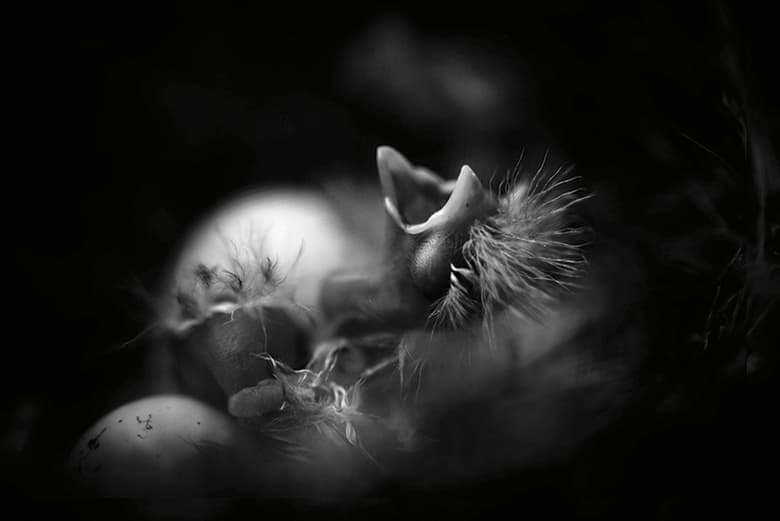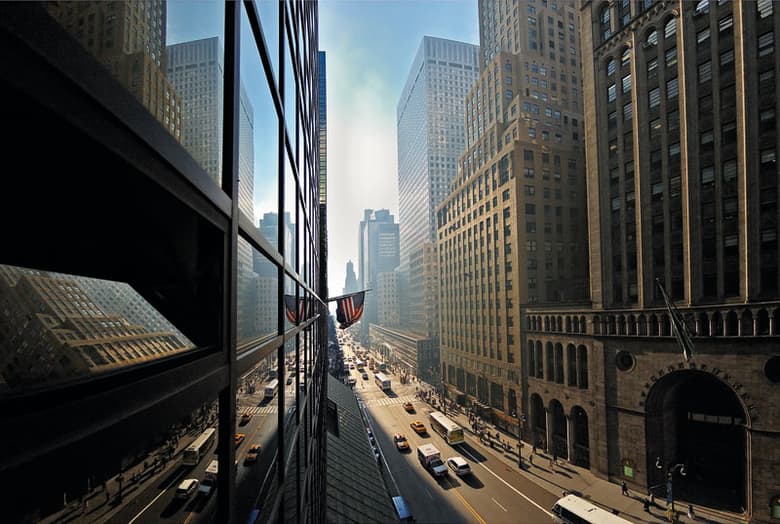What we look for in an image
While to a certain extent, appreciation of an image can be subjective, many fantastic images don’t make it through to our shortlist because of easy to avoid issues such as being slightly out of focus or under/over exposed. This is most frustrating when you can see the potential for a really great shot, that’s been missed. But as a photography magazine, unless it’s done purposely for effect, images that have technical issues are rarely going to be chosen.
So what makes the biggest difference when we’re shortlisting entries?
Framing your shot
We often feel that some good images would have been better if cropped differently, so experiment with different ideas to make sure you really are making the best of your image.
Look for things in the way of your shot, such as an object your eyes have filtered out from the front of a shot, like a lamp-post or a box or bag obscuring part of the shot. Often you might be able to avoid having these in your frame by moving slightly.
Also watch out for accidentally cutting off a small part of your subject in the framing.
Choose the moment
One of the most frustrating things about judging photographs is when you see what potentially could have been a great shot, if the photographer had only taken the shot a moment later, captured an expression that has been slightly missed or avoided something that was moving into the frame that a second shot might have missed. You can see the potential of the subject but it has just not being totally actualised.
Don’t go for the most obvious shot
When judging a themed competition especially, you tend to get recurring subjects. This won’t stop your image getting chosen but if you do go for a common subject, try to do it better or in a different way than the other entries (you can often see the other entries in our gallery). We judge all images on their own merits but if your bird-in-flight shot isn’t as good as another bird-in-flight shot then it’s much harder for your image to be chosen.
If you do choose a popular subject, look for ways to show it in a different way, such as choosing the point of view it is taken from very carefully. Sometimes the difference between a striking image can be as simple as moving the position it was taken from or an unusual crop.
Make sure your photo has a subject
Some photographs are technically good, but don’t have a clear focus or subject, making it hard for them to stand out against other entries. Sometimes images like this can be pleasing on their own (see Oliver’s comments below), however entries that are immediately striking have a better chance of being noticed.
Make sure it fits the theme

This image, was entered into our Amateur Photographer of the Year competition, round 6. The judges thought the image was brilliant but it had to be disqualified as the theme was flowers, plants and insects. The image later ended up being chosen for our Online Pic of the Week.
If a competition has rules, make sure you follow them. If a photograph doesn’t fit the theme, no matter how much we may like it, it wouldn’t be fair for us to choose it.
The same goes with any other rules such as file sizes, number of entries permitted etc.
Look at the other entries, or entries of the previous month
Look at other entries, not to get ideas, but to judge the quality of images you are up against, and then honestly compare your image to theirs. Does the quality of your image match these standards? Is there anything you could do to take the image again, better?
What our judges say
Oliver Atwell – Features writer
Judge for Amateur Photographer of the Year and AP monthly gallery competition
“It’s particularly galling when people believe that the subject is enough to make a good photograph. They just point a camera and press the shutter. It doesn’t matter what the subject is – it still needs to presented in a way that is aesthetically pleasing. In fact the subject could be the most boring thing imaginable. If an object or scene is shot in an imaginative way then a kind of hidden beauty in the mundane is revealed.”
Jon Stapley – Staff Writer
Judge for Amateur Photographer of the Year and What Digital Camera monthly forum competition
“Be honest with yourself about the technical merits of your image. Is it not quite as sharp as it could be? Have you blown out the highlights? Are the colours flat, or is the background too busy? If the answer to any of these questions is yes then it’s time to reshoot or reselect.
Also, here is a free list of things we have seen approximately 1.5 million times:
- Kingfishers
- The London Underground
- Brighton West Pier
- Shots of a train platform in which the passing train is motion blurred
- Homeless people on the street (I’d be happy if I never saw one of these shots again)
- Overt homages to Steve McCurry’s ‘Afghan Girl’
- Misty seascapes
- Traffic trails
- Close-ups of water droplets mid-splash, shot at a high shutter speed
This doesn’t mean you can’t photograph any of these things – Aaron Yeoman does amazing things with the London Underground and Finn Hopson is doing a wonderfully original project on Brighton West Pier – but just be aware that you’re going to have to do something pretty special to be noticed.”
Paul Nuttal – Web Production Manager
Judge for What Digital Camera monthly forum competition
“While it can be the case that you take a winning image on the spur of the moment, the chances are that to win a competition you’ll have to put a good amount of planning in before hand.
Consider the theme of the competition, what it means to you and how you might best encapsulate it in a single shot.
Once you’ve got a shot in mind, invest some time in the capture process. Scout out locations or subjects, take a range of shots in different light and times of day, and don’t stop until you think you’ve captured a winning image”.
Do you now feel ready to enter one of our competitions?
Amateur Photographer competition of the Year (APOY) competition
APOY features ten themed monthly rounds from March until December. Entrants can choose to enter just one round to be awarded winner of that round, or all rounds for a chance to be named Amateur Photographer of the Year.
After the closing date of each round, the entries are narrowed down to a shortlist of 50, then the top 30, and finally the top three. Points are awarded to each image for creativity, technical excellence and how well the image fulfils the brief.
Prizes are awarded to the first, second and third-placed entrants for each round. This year we have great Olympus cameras on offer, worth a total each month of around £2,000. We also have a top prize of £5,000 worth of Olympus kit for the overall winner.
Amateur Photographer monthly gallery competition
These are themed monthly competitions that run on a more informal basis, with an active discussion forum where you can discuss yours and other’s entries, or anything else related to the competition.
Winners win a Manfrotto camera rucksack.
See gallery where you can enter
What Digital Camera monthly competition
A lighthearted monthly competition, more for kudos with or forum members, than prizes, but with winners receiving a free memory card, and inclusion in the WDC newsletter.







